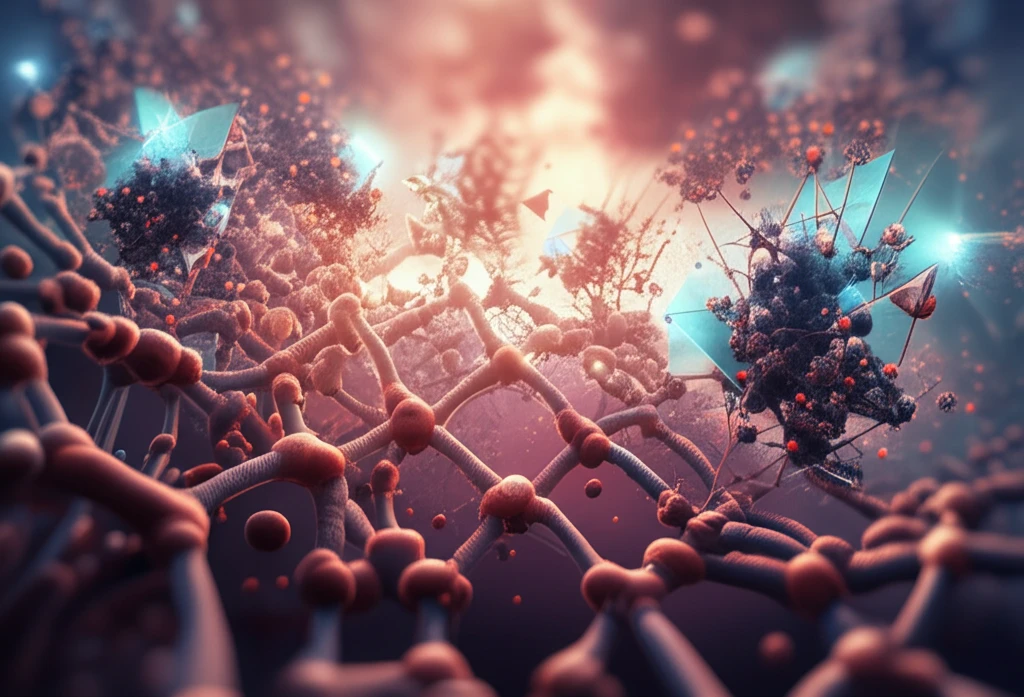
Unlocking the Power of Supercapacitors: The Future of Energy Storage is Here
"Explore how advanced nanomaterials are revolutionizing energy storage, offering a sustainable alternative to traditional batteries and paving the way for a greener future."
In a world increasingly powered by portable electronics and electric vehicles, the demand for efficient and reliable energy storage solutions has never been greater. Traditional batteries, while ubiquitous, often fall short in terms of lifespan, charging speed, and environmental impact. Enter supercapacitors—a promising alternative that bridges the gap between conventional capacitors and batteries.
Supercapacitors, also known as ultracapacitors or electrochemical double-layer capacitors (EDLCs), store energy electrostatically by accumulating ions at the interface between an electrode and an electrolyte. This mechanism allows for rapid charging and discharging, making them ideal for applications requiring quick bursts of energy. However, supercapacitors have traditionally suffered from lower energy density compared to batteries, limiting their widespread adoption.
The quest to enhance the energy density of supercapacitors has led researchers to explore innovative materials and designs. Among these, metal oxides and carbon-based nanomaterials have emerged as particularly promising candidates. This article delves into a groundbreaking study focusing on manganese dioxide (MnO2) and multi-walled carbon nanotubes (MWCNTs) nanocomposites, shedding light on their potential to revolutionize supercapacitor technology.
The Science Behind MnO2/MWCNT Nanocomposites

The study, titled "The Study of Supercapacitive Stability of MnO2/MWCNT Nanocomposite Electrodes by Fast Fourier Transformation Continues Cyclic Voltammetry," investigates the supercapacitive performance of MnO2/MWCNT nanocomposite electrodes. Researchers uniformly coated MWCNTs with MnO2 using a sonochemical method, a technique that employs sound waves to facilitate chemical reactions and material dispersion. The goal was to leverage the unique properties of both materials to create a synergistic effect, resulting in enhanced energy storage capabilities.
- Enhanced electrical conductivity due to MWCNTs
- High specific capacitance contributed by MnO2
- Improved electrochemical stability
- Cost-effectiveness and environmental friendliness
The Future of Energy Storage
The study on MnO2/MWCNT nanocomposite electrodes represents a significant step forward in the development of high-performance supercapacitors. By combining the complementary properties of MnO2 and MWCNTs, researchers have demonstrated the potential to create energy storage devices with enhanced energy density, power density, and stability. As technology advances and our reliance on energy continue to grow, supercapacitors are poised to play an increasingly vital role in powering our world.
